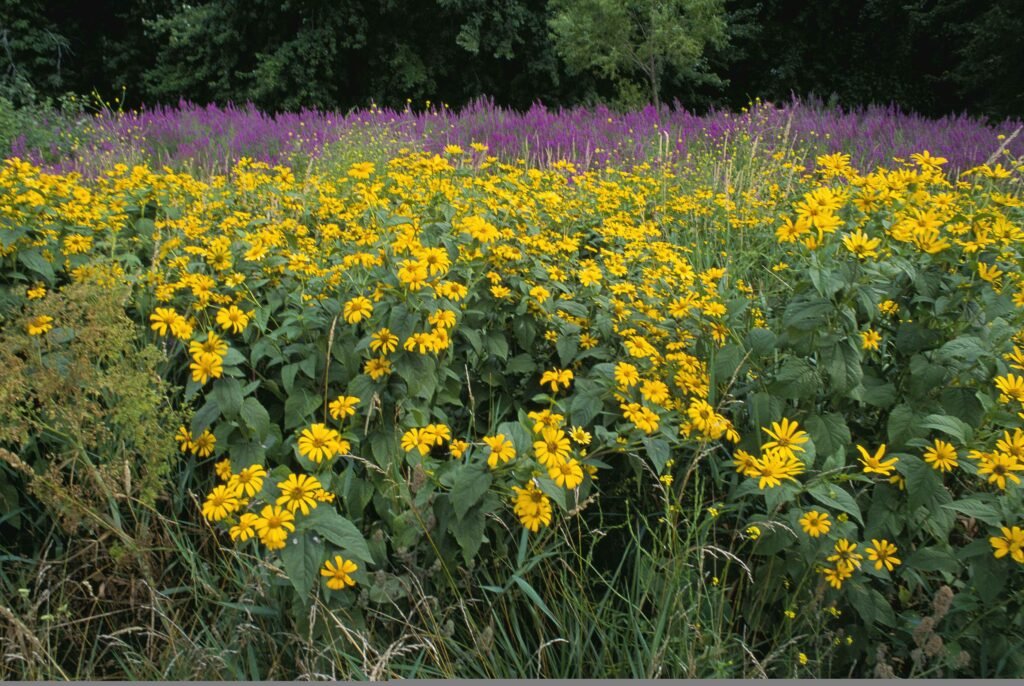Picture this: you’ve spent months crafting the perfect garden, complete with vibrant flowers and lush greenery, only to discover that your well-intentioned paradise has become an ecological nightmare. Your beautiful butterfly bush is choking out native wildflowers, your ornamental pond has become a breeding ground for disease-carrying mosquitoes, and that gorgeous purple loosestrife you planted is now marching across your neighbor’s property like a botanical army. The truth is, creating a stunning garden while protecting the environment isn’t just possible—it’s absolutely essential for our planet’s future.
The Hidden Dangers Lurking in Your Local Garden Center
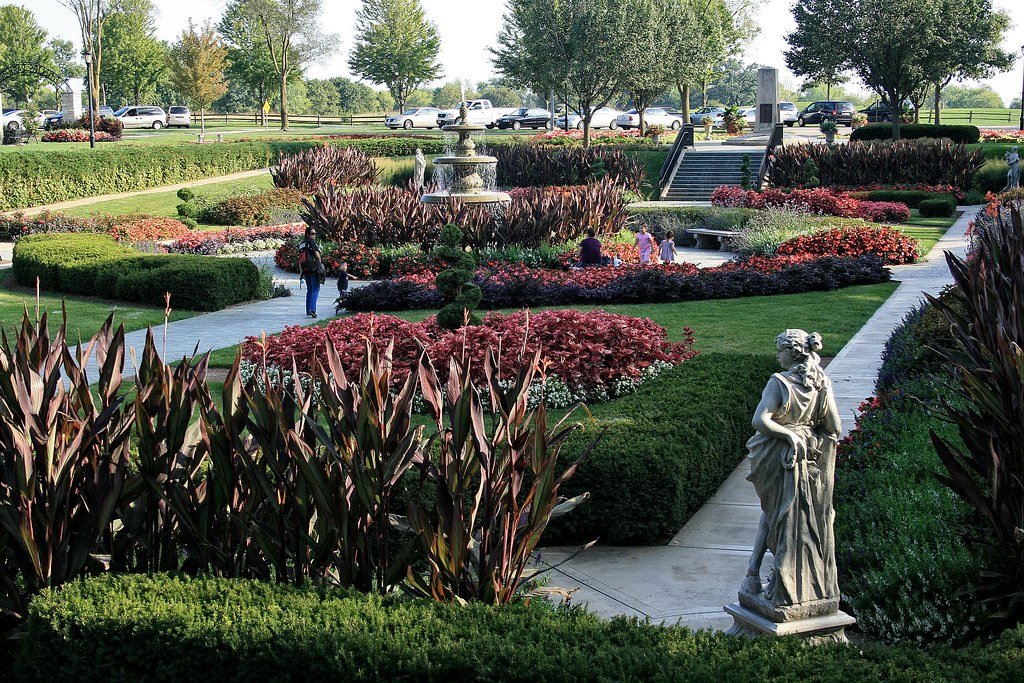
Most gardeners have no idea they’re potentially buying ecological time bombs when they visit their local nursery. That gorgeous Japanese knotweed might look innocent enough, but it’s actually one of the most destructive invasive species on the planet, capable of growing through concrete and costing billions in damage. Garden centers often stock plants based on their visual appeal and hardiness, not their environmental impact. Many popular ornamental plants like English ivy, Norway maple, and autumn olive seem harmless but can quickly escape cultivation and wreak havoc on local ecosystems. The scary part is that once these plants establish themselves in the wild, they’re nearly impossible to eradicate.
Understanding Your Local Ecosystem Before You Dig

Before you even think about planting, you need to become a detective of your own backyard ecosystem. What native birds visit your area, and what do they actually eat? Which pollinators are struggling in your region, and what plants would genuinely help them thrive? Your soil type, rainfall patterns, and even the direction your garden faces all play crucial roles in determining what should—and shouldn’t—grow there. Think of your garden as joining an existing conversation that’s been going on for thousands of years between plants, animals, and the environment. When you understand this conversation, you can participate in it rather than disrupting it with plants that essentially “speak a different language.”
The Power of Going Native: Why Local Plants Win Every Time
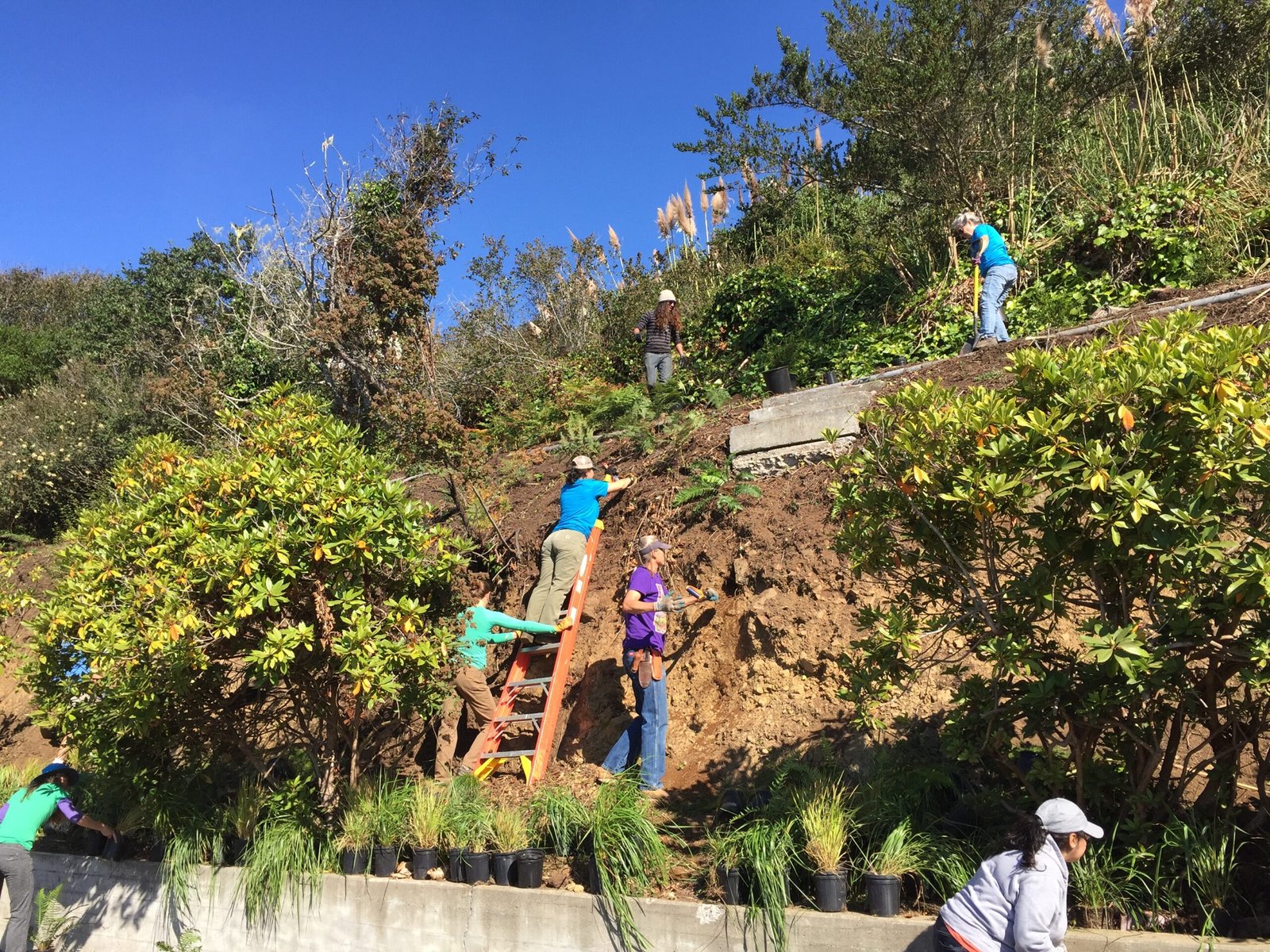
Native plants are like the hometown heroes of the plant world—they’ve evolved specifically to thrive in your local conditions while supporting the entire web of life around them. A single native oak tree can support over 500 species of butterflies and moths, while a non-native tree might support fewer than 10. Native plants require less water, fewer fertilizers, and minimal pest control because they’ve developed natural defenses over millennia. They’re also perfectly adapted to your local climate extremes, meaning they’ll bounce back from droughts, cold snaps, or heavy rains that might kill exotic species. Plus, they provide the specific foods that local wildlife depends on—birds can’t raise healthy chicks on a diet of non-native berries any more than you could thrive eating only unfamiliar foods.
Creating Wildlife Corridors Instead of Green Deserts
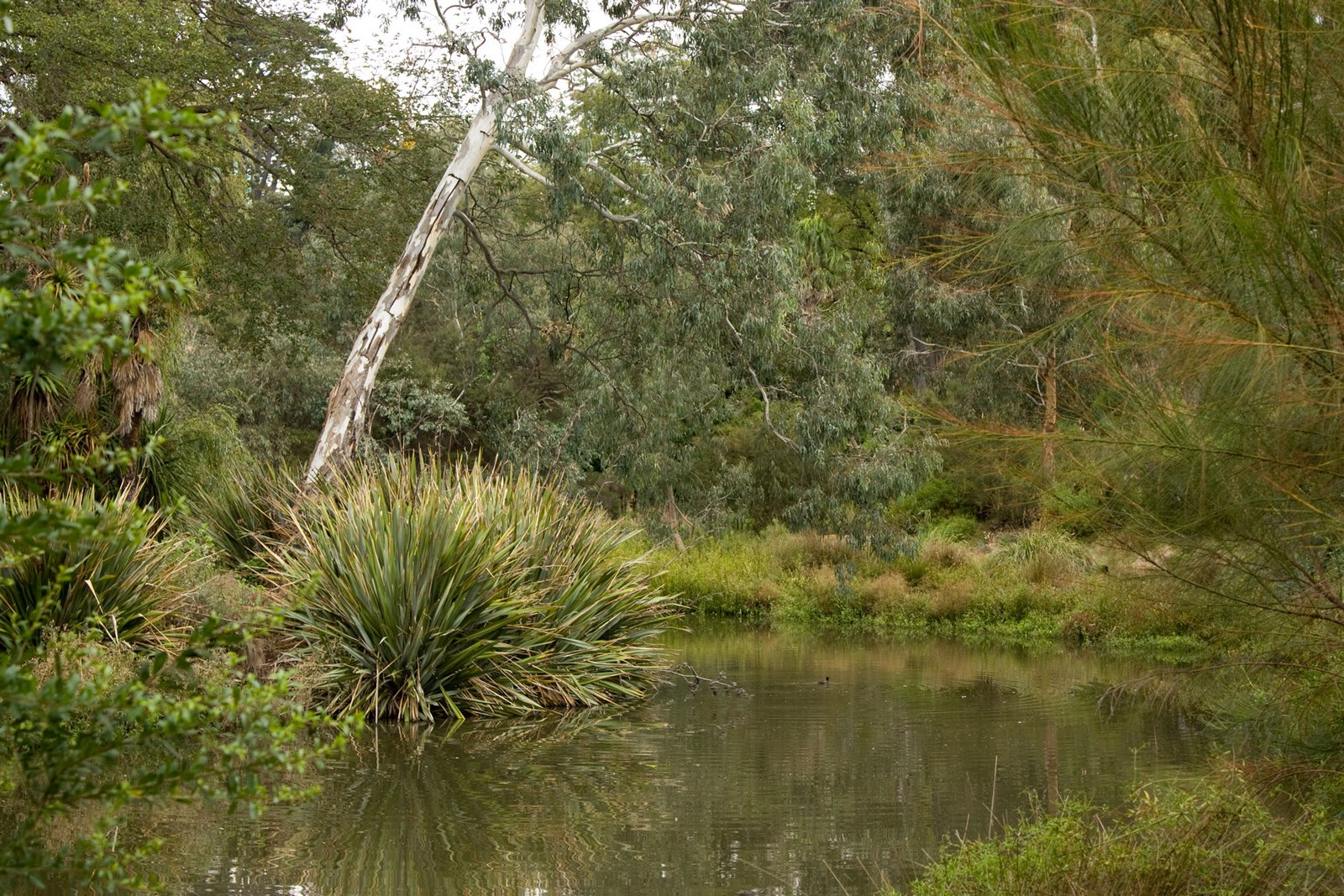
Your garden shouldn’t be an isolated island of beauty—it should function as a vital highway for wildlife moving through your neighborhood. Wildlife corridors are connected patches of habitat that allow animals to travel safely between larger natural areas to find food, mates, and shelter. Even a small suburban garden can serve as a crucial stepping stone for migrating butterflies, nesting birds, or foraging mammals. Consider how your plantings connect to your neighbors’ gardens, nearby parks, or natural areas. Strategic placement of native shrubs, trees, and flowers can create these invisible highways that make your entire neighborhood more ecologically valuable.
Water Features That Help, Not Harm

Water features can be incredible assets for wildlife, but they can also become ecological disasters if designed incorrectly. Stagnant ponds become breeding grounds for mosquitoes and can harbor diseases that harm both wildlife and humans. Instead, create shallow, moving water sources like small fountains or rain gardens that provide drinking water without creating mosquito nurseries. If you do want a pond, make sure it has proper circulation, native aquatic plants, and steep sides that prevent mosquito larvae from developing. Remember that even a simple birdbath with fresh, clean water changed regularly can provide more ecological benefit than an elaborate but poorly maintained water feature.
The Fertilizer Trap: How Good Intentions Create Bad Outcomes

Here’s a shocking truth: most gardens are over-fertilized to the point where they’re actually harming the environment they’re meant to beautify. Excess nitrogen and phosphorus from fertilizers don’t just stay in your garden—they run off into storm drains, rivers, and eventually the ocean, causing devastating algae blooms that create dead zones where nothing can survive. Native plants typically don’t need any fertilizer at all because they’ve evolved to thrive in local soil conditions. If you must fertilize, use organic, slow-release options and test your soil first to see what’s actually needed. Often, the best thing you can do for your soil is add compost, which feeds beneficial microorganisms rather than just dumping chemicals on your plants.
Pesticides: The Silent Garden Killers

The pesticide aisle at your garden center is filled with products that promise to solve all your pest problems, but these chemicals often create far more problems than they solve. Neonicotinoids, commonly found in garden pesticides, are devastating bee populations worldwide and can persist in plant tissues for years. Even “organic” pesticides can harm beneficial insects, birds, and soil organisms when used incorrectly. The truth is, a healthy garden ecosystem will naturally regulate most pest problems through beneficial insects, birds, and other predators. Instead of reaching for the spray bottle, focus on creating habitat for pest predators and choosing plants that can handle some damage without compromising their overall health.
Timing Your Garden Activities to Protect Wildlife
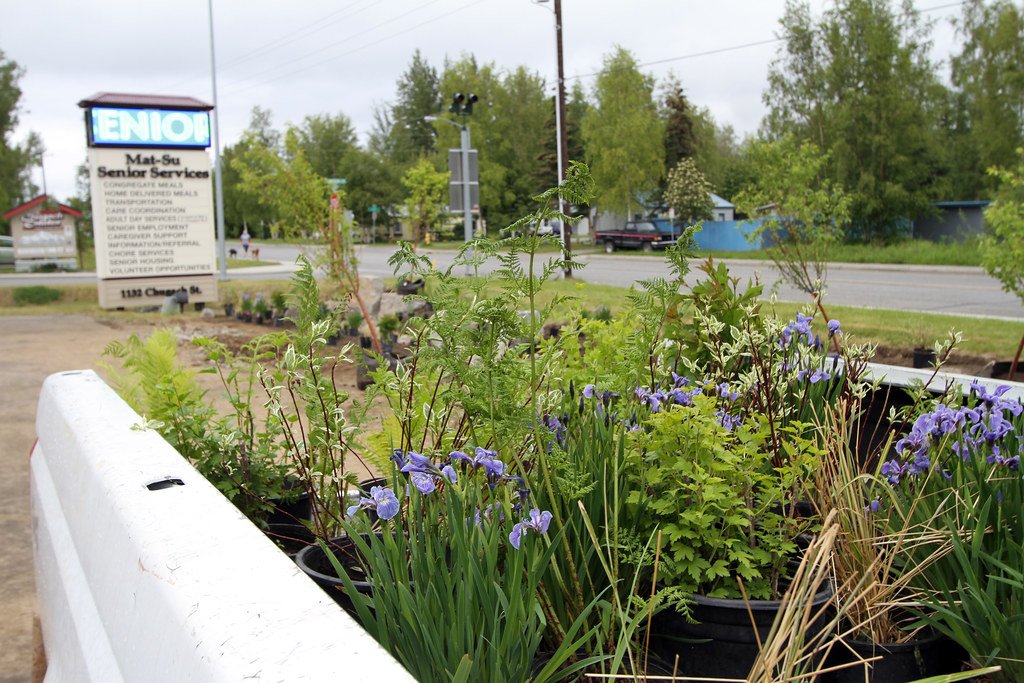
When you garden is just as important as what you plant. Pruning during nesting season can destroy bird nests, while cutting back plants in fall eliminates crucial winter shelter for beneficial insects. Many gardeners don’t realize that those “messy” seed heads and dead plant stems they’re eager to clean up are actually five-star hotels for overwintering pollinators. The best practice is to leave most perennials standing through winter and do your major cleanup in late spring, after temperatures have consistently warmed. Even then, leave some areas of your garden a little wild—these undisturbed spaces often become the most ecologically valuable parts of your landscape.
Soil Health: The Foundation of Ecological Gardening
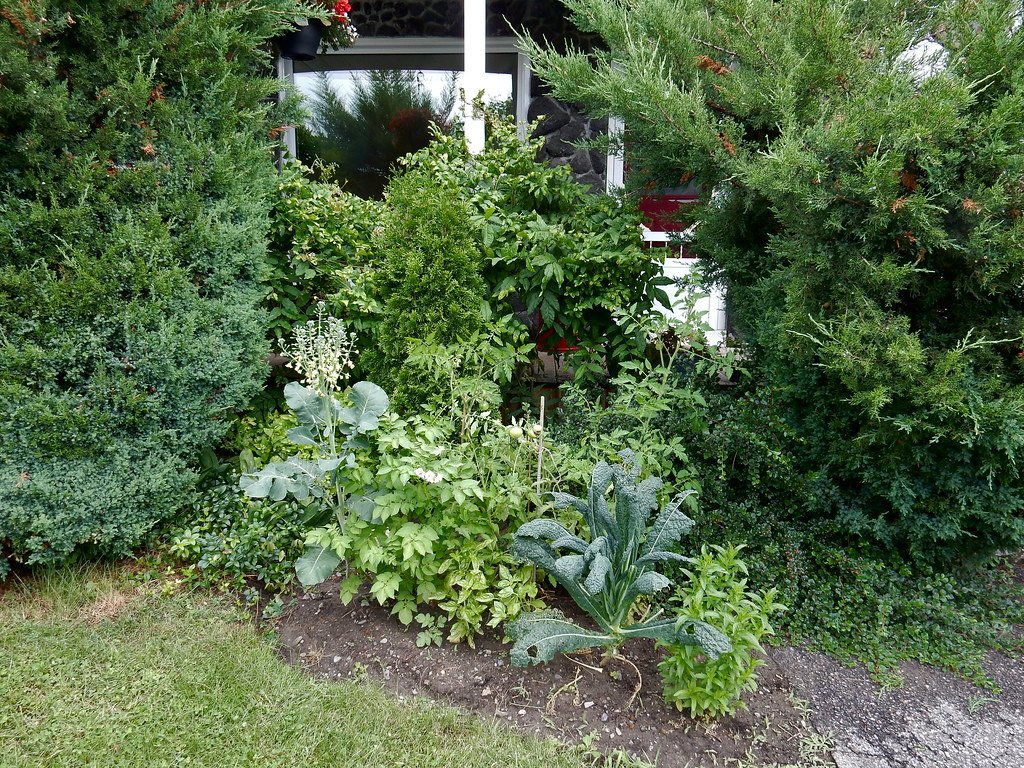
Healthy soil is like a bustling underground city, teeming with billions of bacteria, fungi, worms, and other organisms that make plant life possible. Most conventional gardening practices—like tilling, synthetic fertilizers, and pesticides—destroy this delicate ecosystem, creating dead dirt that requires constant inputs to support plant life. Building healthy soil means feeding the organisms that live there, not just the plants you can see. Compost, mulch, and cover crops are your best tools for creating soil that’s alive and self-sustaining. When your soil ecosystem is thriving, your plants will be healthier, more resistant to pests and diseases, and better able to weather climate extremes.
The Art of Beneficial Plant Partnerships

In nature, plants don’t grow in isolation—they form complex partnerships that benefit everyone involved. Companion planting isn’t just an old wives’ tale; it’s based on real ecological relationships that have evolved over millions of years. Some plants fix nitrogen in the soil for their neighbors, while others repel pests or attract beneficial insects. Three Sisters planting (corn, beans, and squash together) is a perfect example of how different plants can support each other’s growth while maximizing space and resources. Learning these natural partnerships can help you create a garden that’s more productive, more beautiful, and more ecologically sound than any monoculture could ever be.
Managing Invasive Species Before They Take Over
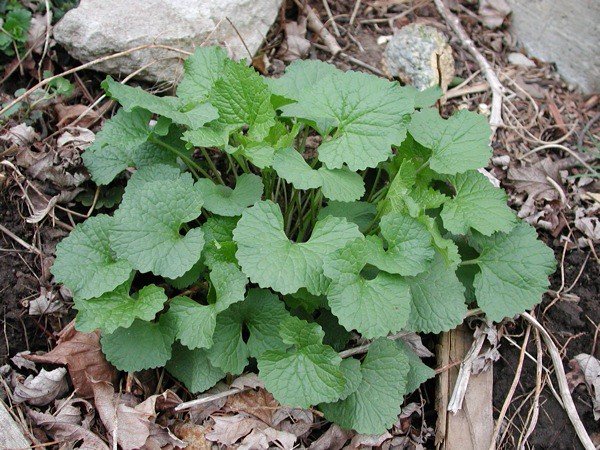
Even the most careful gardener will eventually encounter invasive species, and early detection is your best defense. Learn to identify the most problematic invasives in your area—they’re different depending on your region—and remove them as soon as you spot them. Small invasive plants are relatively easy to remove, but once they’re established, they can require years of management and sometimes professional intervention. Never compost invasive plants, as they can often regrow from fragments, and be careful not to spread seeds or root pieces when you’re removing them. Consider joining local invasive species removal groups, which are often desperate for volunteers and can teach you identification and removal techniques.
Creating Seasonal Interest Without Seasonal Disasters

A truly beautiful garden provides interest throughout the year, but this doesn’t mean you need to plant exotic species for every season. Native plants offer incredible seasonal variety if you choose wisely—spring wildflowers, summer berries, fall foliage, and winter seed heads can create a constantly changing landscape that supports wildlife year-round. Avoid the temptation to plant something just because it looks good in one season if it’s going to be problematic for the other three. Instead, think about how each plant contributes to the overall ecosystem throughout its entire life cycle, from spring emergence to winter dormancy.
The Economics of Ecological Gardening

Ecological gardening isn’t just better for the environment—it’s often much cheaper in the long run. Native plants require less water, no fertilizer, minimal pest control, and rarely need replacement, making them incredibly cost-effective compared to high-maintenance exotics that need constant care. Rain gardens and native plantings can reduce your stormwater management costs and may even qualify you for tax incentives or rebates in some areas. The initial investment in native plants and soil improvement pays dividends for years, while conventional gardening requires ongoing inputs that add up quickly. Plus, you’ll save money on gas and time since native gardens need far less maintenance once established.
Climate Change and Future-Proofing Your Garden

Climate change is already affecting gardens worldwide, with shifting rainfall patterns, extreme weather events, and changing growing zones challenging traditional gardening wisdom. Native plants are your best bet for creating a climate-resilient garden because they’re adapted to local climate extremes and can often handle more variation than exotic species. However, you may need to think beyond just your current climate zone and consider what your area might be like in 20 or 30 years. This doesn’t mean abandoning natives, but it might mean choosing natives from slightly warmer or drier regions within your broader ecosystem. Diversity is key—gardens with many different species are more likely to survive climate shocks than monocultures.
Connecting with Your Community for Greater Impact
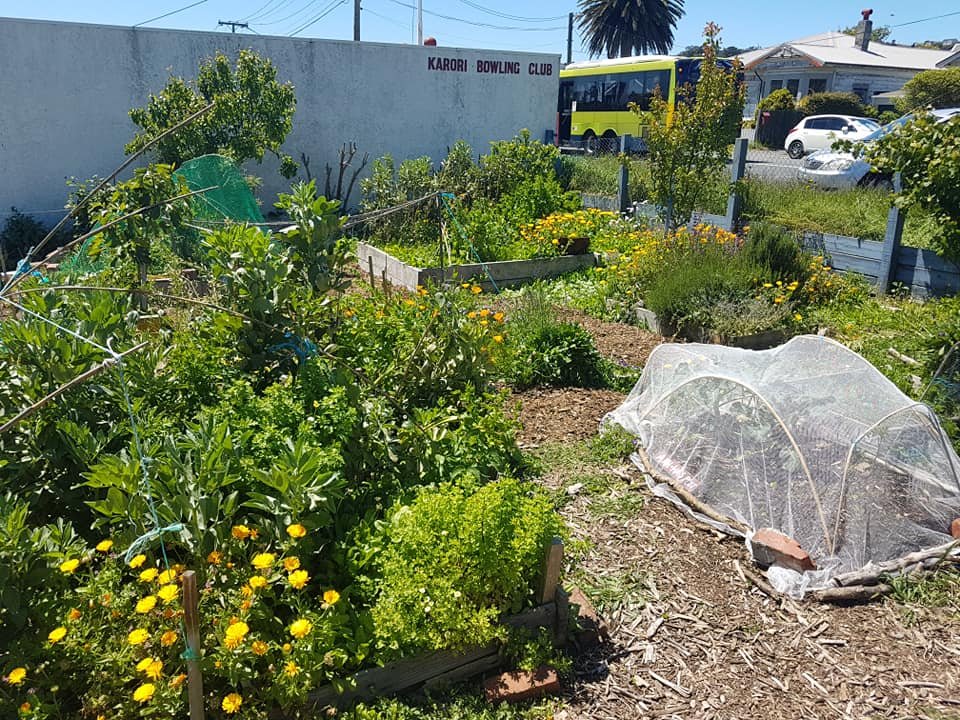
Individual gardens are wonderful, but connected networks of ecological gardens can have exponential impact on local ecosystems. Talk to your neighbors about native plants, share seeds and divisions, and consider coordinating your gardening efforts to create larger patches of habitat. Many communities have native plant societies, master gardener programs, or environmental groups that can provide support, education, and bulk purchasing opportunities for native plants. School gardens, community gardens, and public spaces are all opportunities to demonstrate how beautiful and beneficial ecological gardening can be. Your garden can be a teaching tool and inspiration for others to make better choices for the environment.
Mistakes Even Experienced Gardeners Make

Even gardeners with the best intentions often make critical mistakes that undermine their ecological goals. One common error is assuming that any plant labeled “pollinator-friendly” is actually helpful—many of these plants are non-native species that provide low-quality nectar compared to natives. Another mistake is creating gardens that look too perfect and manicured, eliminating the slightly messy edges and diverse microhabitats that wildlife actually needs. Many gardeners also underestimate how quickly aggressive plants can spread, or they don’t research the full ecological impact of their choices before planting. Learning from these common mistakes can save you years of remediation work later.
The Surprising Beauty of “Weedy” Native Plants
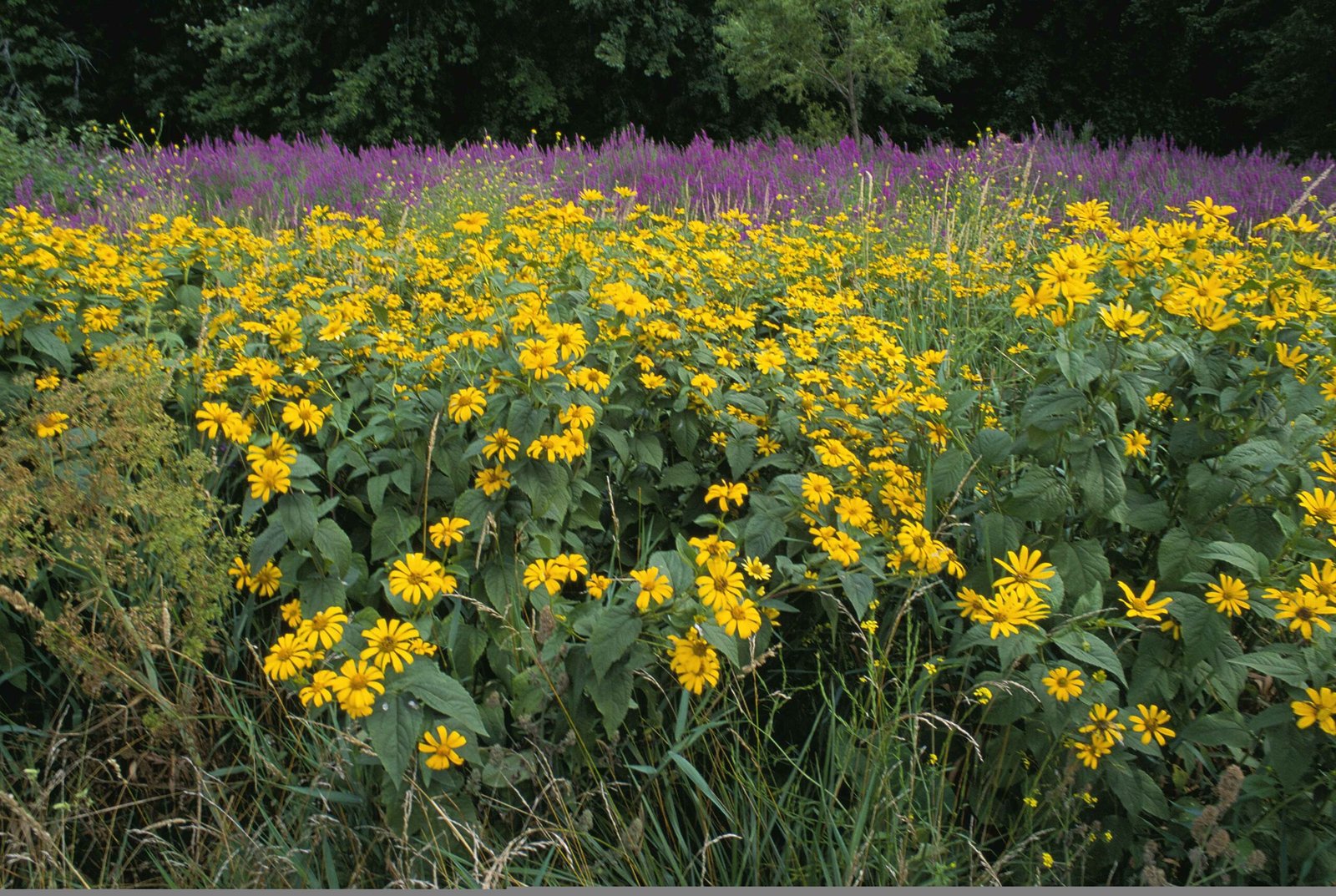
Some of the most ecologically valuable plants are dismissed as “weeds” because they don’t fit conventional ideas of garden beauty. Native goldenrod, asters, and elderberry might not look as showy as hybrid roses, but they support hundreds of species of wildlife while providing stunning seasonal displays. Many native grasses are incredibly beautiful when allowed to grow in naturalistic drifts, creating movement and texture that exotic plants can’t match. The key is learning to see beauty in natural plant communities rather than forcing nature into formal, geometric patterns. Once you start appreciating the subtle beauty of native plants, you’ll wonder why anyone ever thought a lawn full of non-native grass was attractive.
Monitoring and Adapting Your Ecological Garden
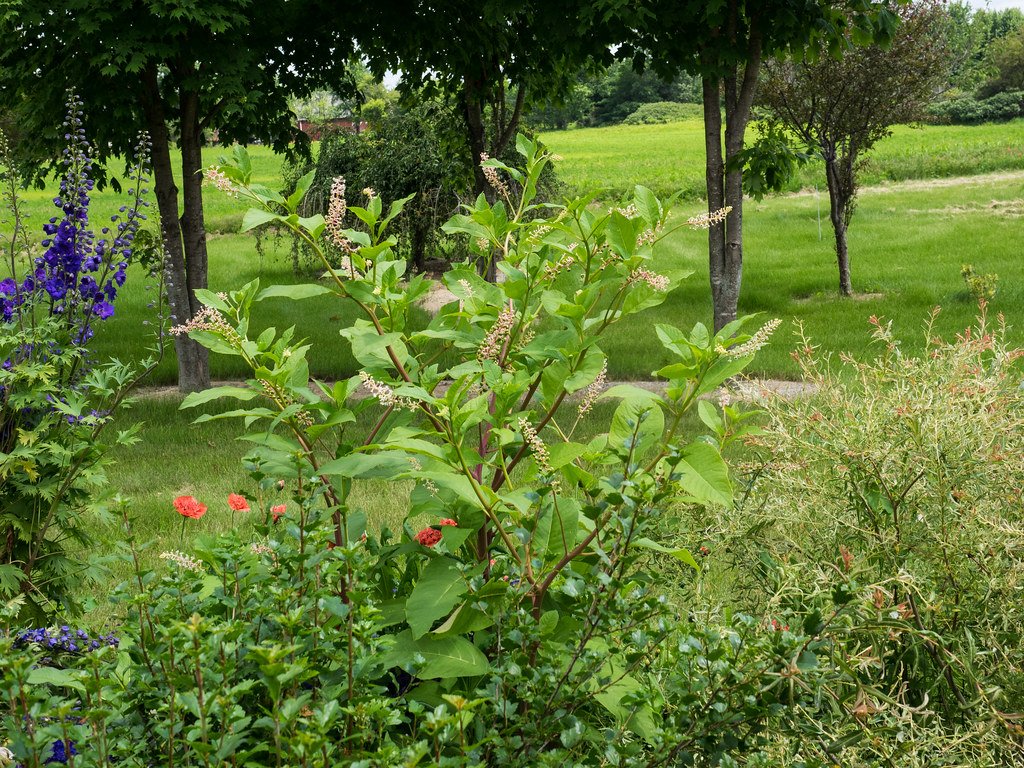
An ecological garden is never truly finished—it’s a living system that changes over time and requires ongoing observation and gentle guidance. Keep records of what thrives, what struggles, and what wildlife you observe using your garden. This information will help you make better choices in the future and can be valuable data for local conservation efforts. Don’t be afraid to remove plants that aren’t working or to try new natives that might be better suited to your specific conditions. The goal isn’t perfection but rather continuous improvement toward a more beautiful and ecologically beneficial landscape. Pay attention to how your garden changes through the seasons and over the years—this long-term perspective will teach you more about ecological gardening than any book or article ever could.
Creating a beautiful garden that supports rather than harms the environment isn’t just possible—it’s one of the most rewarding ways to connect with the natural world right outside your door. Every native plant you choose, every invasive species you remove, and every wildlife-friendly practice you adopt makes a real difference in the health of your local ecosystem. The butterflies, birds, and beneficial insects that visit your garden don’t care about horticultural trends or formal design rules—they just need food, shelter, and safe places to raise their young. When you provide these basic needs through thoughtful plant choices and ecological practices, you’ll discover that the most environmentally responsible gardens are often the most breathtakingly beautiful ones too. What kind of ecological legacy will your garden leave for the next generation of both wildlife and gardeners?

